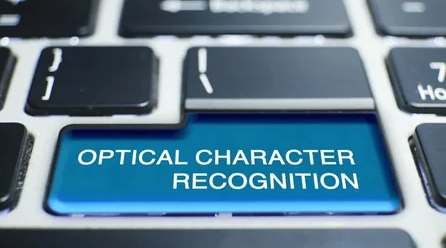The Ultimate Guide to Virtual Data Rooms: Enhancing Security and Efficiency in Your Business Transactions
In the modern business world, security and efficiency are paramount, especially when dealing with sensitive information during mergers, acquisitions, and other high-stakes transactions. This is where Virtual Data Rooms (VDRs) come into play. This blog post will delve into what VDRs are, their benefits, and how they can revolutionize the way you handle confidential data.
What is a Virtual Data Room?
A Virtual Data Room (VDR) is an online repository designed to store and share confidential documents securely. Unlike traditional physical data rooms, VDRs are accessible via the internet, allowing stakeholders to review documents from anywhere in the world. They are commonly used during due diligence processes, mergers and acquisitions, IPOs, and other scenarios that require secure document sharing.
Key Benefits of Virtual Data Rooms:
Enhanced Security
One of the most significant advantages of VDRs is their robust security features. VDRs offer advanced encryption protocols, multi-factor authentication, and granular access controls to ensure that only authorized individuals can view or modify documents. This level of security is crucial for protecting sensitive information from unauthorized access or breaches.
Increased Efficiency
Traditional data rooms can be time-consuming and cumbersome, often requiring physical travel and manual handling of documents. VDRs streamline this process by providing a centralized, digital platform where documents can be uploaded, organized, and accessed instantly. This not only saves time but also accelerates decision-making and transaction processes.
Real-Time Collaboration
VDRs facilitate real-time collaboration among teams and stakeholders. Users can leave comments, request clarifications, and make necessary changes to documents without the need for physical meetings. This collaborative approach helps to keep all parties on the same page and improves the overall efficiency of the transaction process.
Detailed Analytics and Tracking
With VDRs, you can track who accesses your documents, how long they spend reviewing them, and which sections are of most interest. This data provides valuable insights into the interests and concerns of potential buyers or partners, helping you to tailor your approach and address any issues proactively.
Cost-Effective Solution
While setting up a physical data room can be expensive due to logistics, security measures, and staffing, VDRs offer a cost-effective alternative. They eliminate the need for physical space and reduce administrative overhead, making them a more economical choice for managing sensitive information.
Choosing the Right Virtual Data Room
Selecting the right VDR provider is crucial for ensuring that your needs are met. Here are some factors to consider when choosing a VDR:
Security Features: Ensure the VDR offers robust security measures, including encryption, authentication, and access controls.
User-Friendliness: The platform should be intuitive and easy to navigate for both administrators and users.
Customer Support: Opt for a provider that offers responsive and knowledgeable customer support to assist with any issues or questions.
Integration Capabilities: The VDR should integrate seamlessly with your existing tools and systems for a smooth workflow.
Conclusion
Virtual Data Rooms are transforming the way businesses handle confidential information, offering enhanced security, increased efficiency, and valuable insights. By adopting a VDR, you can streamline your transactions, protect sensitive data, and improve overall operational efficiency. As the business landscape continues to evolve, embracing technology like VDRs will be crucial for staying ahead of the competition and ensuring successful outcomes in your high-stakes transactions.
For more information on how Virtual Data Rooms can benefit your organization, or to get started with a VDR solution, contact TechJar today!
Feel free to adjust the content to better fit TechJar’s tone and style or to add specific examples and features relevant to the VDR services TechJar offers.



